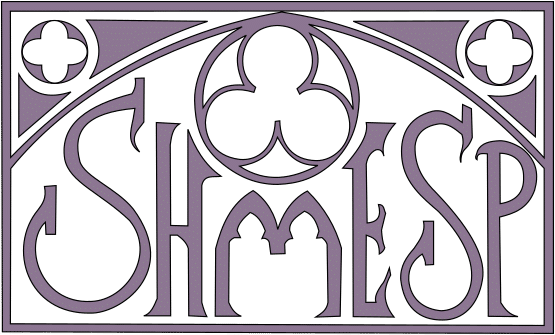Prophétie et ars dictaminis. Questions autour du style du "Liber de Flore"
Résumé
A paper that can be read on the scientific blog "dictamina.hypotheses.org". A relatively understudied political prophecy from the early 14th century, the Liber de Flore shares the characteristics of many pseudo-joachimite texts. It prophesies about the past, recounting the struggle between the Hohenstaufens and the Papacy, the installation of the Angevins, and the history of the Church in the 13th century. It prophesizes about the future, imagining the restoration of a purified Church and the changing of the world order with the support of the Capetian and Angevin sovereigns. The formal analysis of various passages in this text leads to an intriguing question: why does the text partially imitate the rhythm of the political letters of the ars dictaminis, and why do we find within it multiple echoes of the papal formulary, and precise echoes of letters from the time of Frederick II?
Article consultable sur le "carnet hypothèses" dictamina.hypotheses.org. Prophétie politique du début du XIVe siècle encore relativement sous-étudiée, le Liber de Flore partage les caractéristiques de nombres de textes pseudo-joachimites. Il prophétise sur le passé en revenant sur la lutte entre les Hohenstaufen et la papauté, sur l’installation des Angevins, sur l’histoire de l’Église au XIIIe siècle. Il prophétise sur le futur en imaginant la restauration d’une Église purifiée et le changement de l’ordre du monde à l’aide du soutien des souverains capétiens et angevins. L’analyse formelle de divers passages de ce texte met sur la piste d’une question intrigante : pourquoi texte imite-t-il partiellement le rythme des grandes lettres politiques de l’ars dictaminis, et pourquoi trouve-t-on en son sein des échos multiples au formulaire papal, et des échos précis de lettres de l’époque de Frédéric II ?
| Origine | Fichiers produits par l'(les) auteur(s) |
|---|
